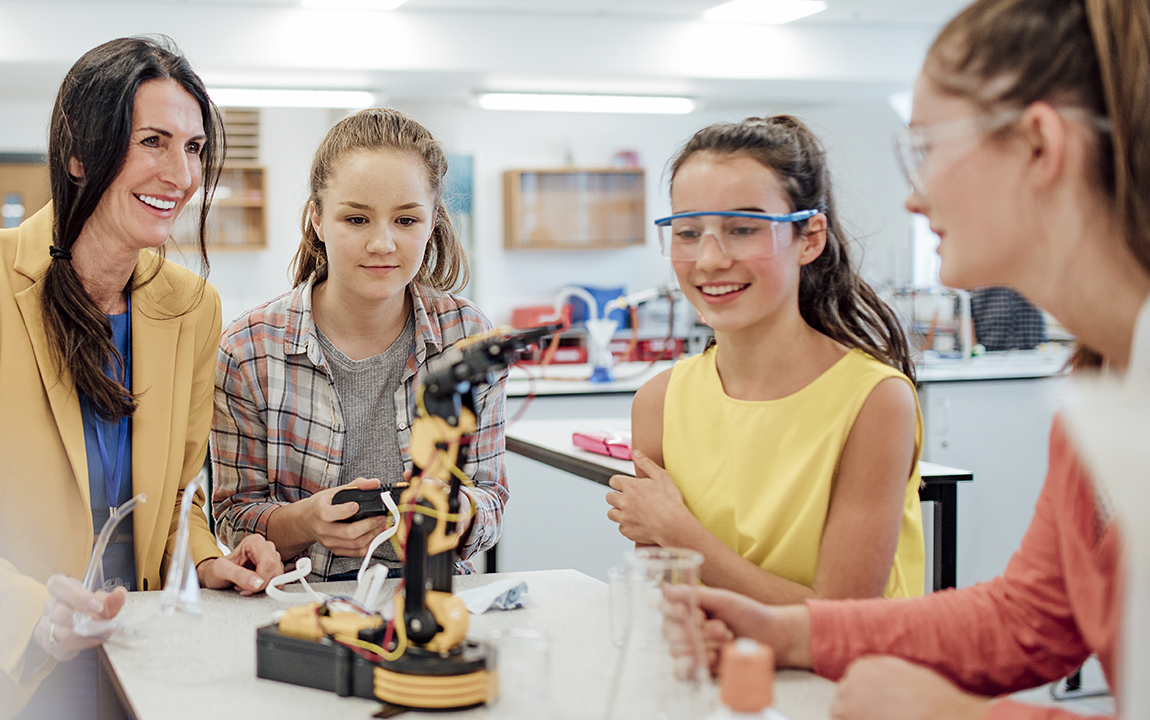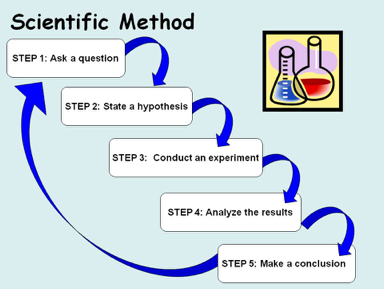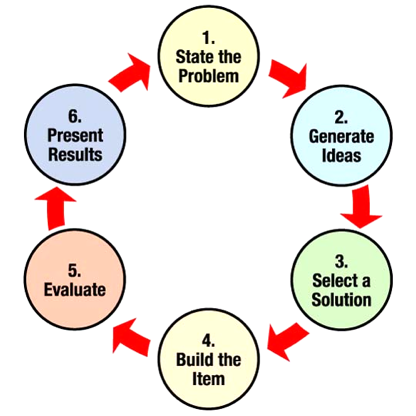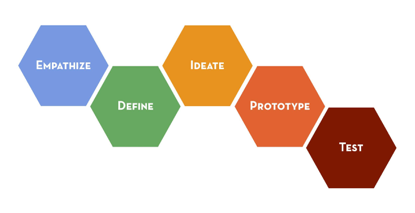
When I help science teachers plan PBL units, I often suggest using the scientific method as a framework for the flow of their projects. It starts with inquiry, is cyclical in its process, and encourages presenting the results at the end.

Similarly, when I work with schools teaching engineering, such as those using Project Lead the Way, I suggest using the engineering cycle. It starts with inquiry, is cyclical in its process, and encourages presenting the results at the end.

When I started learning about the Project Based Learning process more than 10 years ago, PBL was seen as the future of education—something every educator would be using by the year 2020. At that point in time, PBL had been around for a long time already; it wasn’t a new thing. In 2019 there are more and more teachers across the United States and internationally using PBL, but it is far from the norm.
Here we are in 2019 and the “next big thing in education” has come along: design thinking. However, as with the scientific method and the engineering design cycle, design thinking shouldn’t be seen as something that is separate from the PBL process. Instead we should be teaching students to take a design thinking approach to the process of maneuvering through their projects.
Marrying Design Thinking with PBL
Utilizing the design thinking process from the Stanford d.School, we can marry its five modes to the seven Essential Project Design Elements in PBLWorks’ model for Gold Standard PBL: Challenging Problem or Question, Sustained Inquiry, Authenticity, Student Voice & Choice, Reflection, Critique & Revision, and Public Product. How would this work?

1. We start with the “Empathize” mode. We want our students to be asking, “Why are we doing the project?” They should be considering questions such as, “Who cares, and why?”, “What has been done before?”, and, “How might we create a solution to this problem?”. These questions don’t always come up when students generate “need to know” questions for inquiry in a PBL unit—but would become standard in every NTK list with a design thinking overlay.
2. In the “Define” mode, students rethink the problem, based upon what they discovered in the empathy mode. Additional NTK’s might be generated based upon this new thinking. Students do a final framing of the task(s) at hand and start creating a list of what their team needs to get done to successfully complete the project.
3. In the “Ideate” mode students try to generate alternative solutions to the central problem. In some projects the scope can be very narrow and this phase might not be very significant. In other projects, with a wide scope, this mode could be critical to finding the best solution to the problem. When done right, the ideate mode can help the team get rid of the obvious solutions right away so that more innovative solutions can be uncovered. This mode could dramatically push the inquiry process along if done well.
4. Next is the “Prototype” mode. When we hear the word prototype we often think of a scaled model of the final product. But in the DT process, according to the d.School, it can be “… a wall of post-it notes, a role-playing activity, a space, an object, an interface, or even a storyboard.” Once again we can see key components of the PBL process—inquiry, reflection—all coming into play in the creation of the prototypes.
5. The final “Test” mode is the one section expected to be iterative. Critique and revision reside in this mode. The d.School tells us, ”Prototype as if you know you are right, but test as if you know you’re wrong.“ We want students to be getting peer and teacher feedback that will help them create the best final product. When there is a safe classroom that allows for impactful feedback from peers and adults, the prototyping and testing will be at a high level. This, in turn, will lead to products that are of the highest quality.
Authenticity Promotes Empathy
With a challenging problem that is truly authentic, students will see the importance of building empathy. Empathy with their real-world audience or end-user helps students focus on what the real problem is that needs attention. With their problem clearly defined, they will find themselves invested in inquiry as they are ideating solutions or products.
DT + PBL = Getting a Job
Using a design thinking framework in a PBL unit makes sense. And, more importantly, it will help students go deeper with their learning. If we are overt with calling out the parts of the design thinking process as we are progressing through projects, students will benefit from understanding how the design thinking process works. Then, when future employers want to know what they have experience with design thinking, they can talk about managing projects and the design thinking process they used. That might just make the difference in getting a foot in the door!

